How land is used matters more than most people realise. Or usually consider. Many think that it has nothing to do with them as to how landowners use it, perhaps because they have become detached from it through centuries of enclosures, industrialisation and urbanisation.
But it does matter. Even if you live in a town or city. Any landowner is only a temporary guardian of a place, although the effect of their actions may last for decades after they have gone. The decisions they make influence society, biodiversity, climate and food security.
Today, I am following on from my post Discovering hidden history in a magical Scottish landscape. The places that featured in that provide examples of what I am exploring here. However, the issues I am addressing apply not just in Strathearn, but throughout Scotland and further afield.
The results of land use ripple outwards. The trampling of peat bogs by artificially high numbers of red deer releases carbon into the atmosphere. The conversion of scrubby and wooded uplands into short-grazed sheep pasture speeds rain run-off and increases the flood risk downstream. The planting of monoculture conifer forests greatly reduces the range of species that can survive. And using fertile fields to grow barley to feed cattle or produce whisky, precludes their use for growing food to feed local populations with healthy alternatives to ultra-processed foods.
As a species our greatest existential threats are biodiversity loss and climate change. We will become extinct when any one of a number of factors swing too far. This could be when there are no insects to pollinate our food plants, or Sahara-like deserts spread across the world, or there is too little plant and ocean life to produce the oxygen levels we need, or maybe when the planet overheats too much for human survival.
Many forms of land use, especially those practised over the past couple of centuries, are detrimental to biodiversity and climate.
Sheep

Humans have been wreaking change for millennia, since we spread across the face of the Earth1. But the greatest alterations have happened in recent centuries. Back in the time when Balmenoch was a small subsistence farm, some trees and woods would have dotted the landscape, open ground would have been grazed with herded livestock, with occupants cultivating little plots by their homes.
Once those people were cleared, about two centuries ago, and the land given over to free-ranging sheep, there would have been no chance for regenerating trees to escape nibbling mouths. Over decades, the fertility of the land was reduced. Instead of all waste being returned to the ground, meat and wool were removed, and the nutrients they contained never returned. The uplands became barren compared to ancient times, lacking the dense vegetation that could have captured water rather than let it rush downhill into our rivers.
Sport shooting
The focus switched to red deer and red grouse when sheep became less profitable. Sporting estates became the vogue for rich Victorian landowners, who wanted to mimic Balmoral. It was in their interest to maintain artificially high numbers of a few species to be shot for sport, while exterminating everything else that might compete.
Practices such as feeding red deer over winter built up high numbers for stalking, where guests pay to shoot stags. This over population2 has lead to further degradation of habitat, especially erosion of peat bogs. It also means that when new woodlands are planted they have to be surrounded by expensive deer fences to prevent the trees being eaten.
Gamekeepers worked hard to eradicate predators, with enormous numbers of birds of prey, foxes, badgers, stoats, weasels and crows killed to favour grouse. Some species, such as white-tailed eagle, went extinct in Scotland (and have since been reintroduced). Others, such as pine marten, were severely oppressed and are only now recolonising previous habitats.
Many horrors have been committed in the course of sport shooting, especially on grouse moors. Recent ones include mass culling of mountain hares on the hills, because they were suspected of carrying tick-borne diseases that also affected grouse3. Illegal persecution of golden and white-tailed eagles, hen harriers, peregrines and other raptors continues to be a problem in Scotland, despite legislation, outlawing it4.
Forestry
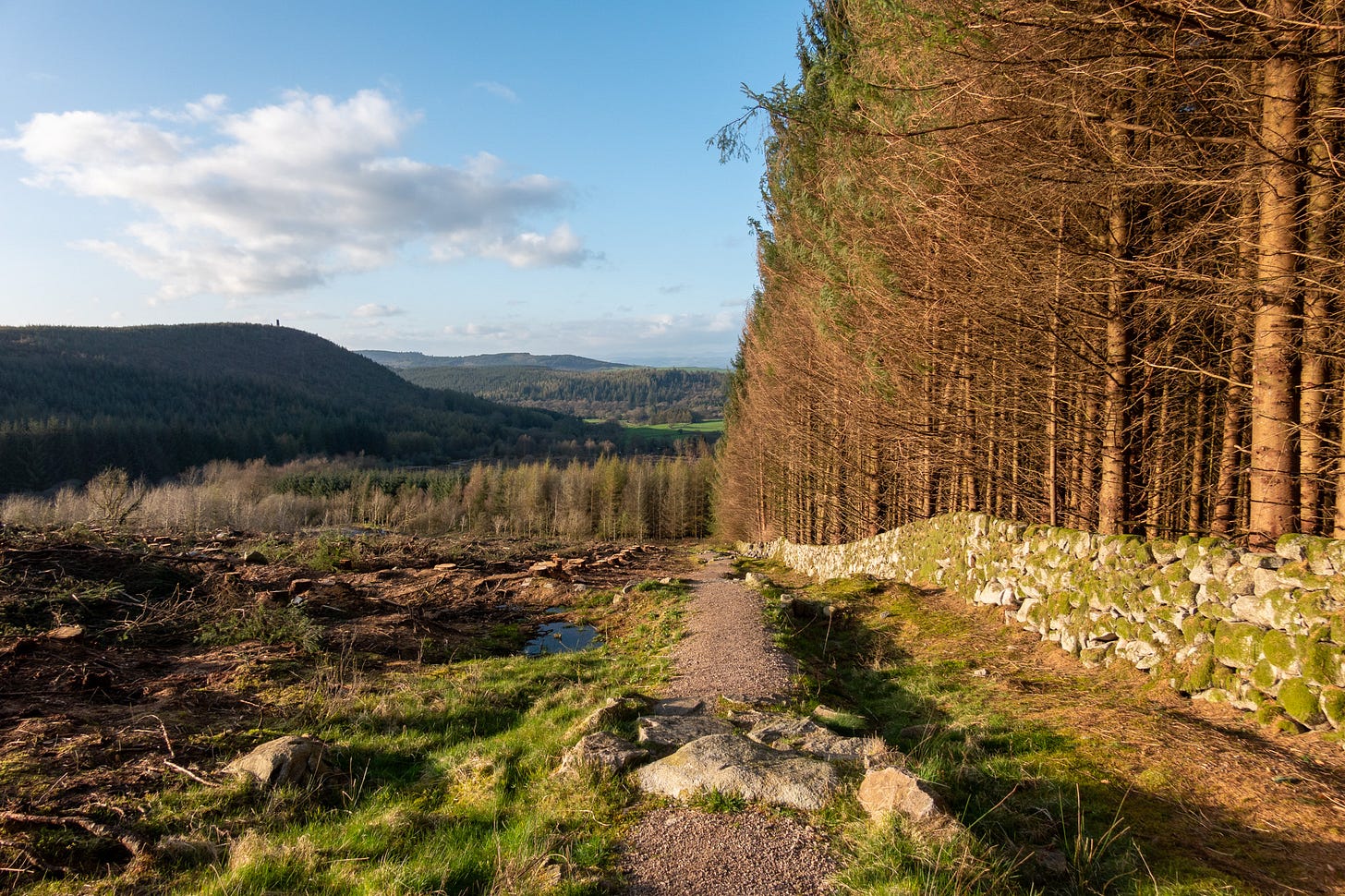
Sitka spruce was introduced to Britain in 1831 by explorer and botanist David Douglas, who came from Perthshire. Now that vast hillsides are covered in dark green rectangles of these fast-growing conifers, it is difficult to believe that this tree species has only been here 200 years. If you enter such a plantation – scratching yourself on interlocked branches and prickly twigs – you find the ground bare and dead, with nothing able to grow under the dense shade.
You will only see songbirds and butterflies on the open edges of bulldozed forest roads, which are used to extract timber. When that extraction is done, by clear felling whole hillsides, the place is left looking like a bomb site with churned up soil littered with stumps and branches.
It doesn't have to be this way; on the continent, continuous cover forestry is much more common, with selected trees or small stands being removed gradually over time, creating mixed-age and mixed-species forests. In Britain, we were left with so few trees after two World Wars that a different culture emerged, with the maximisation of output and profit driving mass planting and felling.
We do need wood, a renewable product, but it is better used for building – replacing plastics or making paper, instead of being burnt to produce electricity in low-efficiency power stations, such as Steven’s Croft Biomass Power Station in Lockerbie, or Drax in North Yorkshire5, as happens with much harvested timber.
Farming
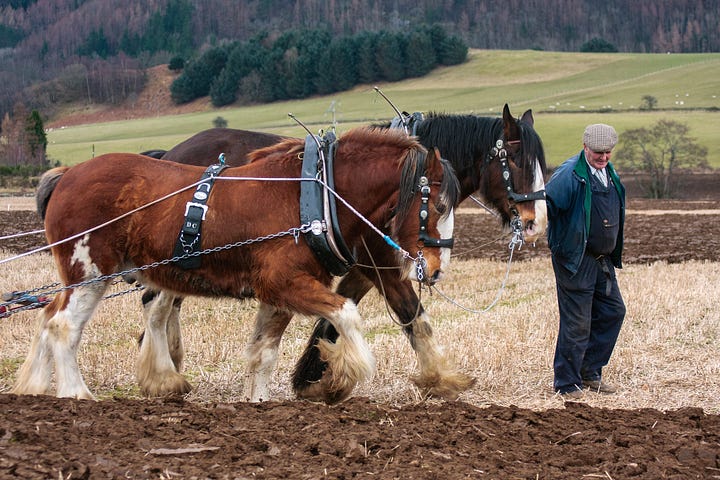
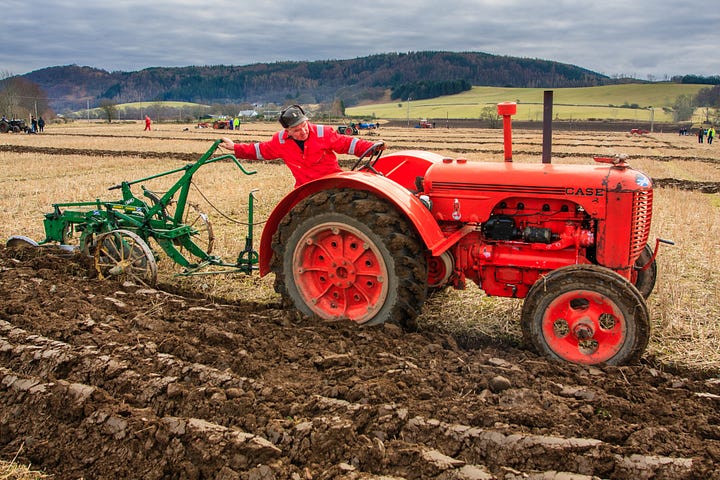
Surveying the low ground of Strathearn, including the flat agricultural land between the A85 and River Earn that were once part of Lawers Estate, the fields are either used for livestock grazing or barley production (the climate isn't dry or sunny enough for wheat). A large input of fossil fuels is required for the modern style of cultivation, using powerful tractors that pull massive ploughs and spread tons of fertiliser and other chemicals to boost yields. Little of the barley produced feeds people, because it is more profitable to sell it to distillers who produce whisky for export. Poorer quality grain goes into animal feed.
By contrast at Comrie Croft, which was the start of my walk in this video post, 5-acres of land have been made in to Tomnah’a market garden by a group of hard-working young people. They produce veg boxes to feed many families and supply local shops with fruits and vegetables. Although only a minority of people living locally benefit, think what could be done if more land was available and affordable for similar new entrants to farming. Not just more market gardens, but other enterprises producing local food, such as the micro diary a young couple wanted to start if they could find anywhere to graze a small herd of cows.
That’s an overview of how we got to the present state of affairs in Strathearn – and in much of Scotland. Extractive capitalism has brought us here and is about to leapfrog us into the future, as another phase of rapid change begins. I will leave it to another post to turn attention to what’s happening now and might unfold in the future. In Part 2, I will examine the threats and opportunities that local communities are facing.
Footnotes
Nature’s Ghosts by Sophie Yeo has an excellent analysis of human influence on landscape, going back to the emergence of our species.
The population of red deer rocketed in the 20th century. They numbered 150,000 in 1959, when the Red Deer Commission (which become the Deer Commission for Scotland in 1996) was established with a remit of lowering deer numbers to a sustainable 60,000. It proved highly ineffective with red deer numbers more than trebling by the time it was abolished and absorbed into NatureScot.
The greatest density of red grouse I have ever seen is on Coignafearn Estate in the Monadhliath Mountains on the upper reaches of the River Findhorn, where they were accompanied by large numbers of mountain hares. It is owned by Dr Sigrid Rausing who is committed to ecological restoration. The estate was known as a golden eagle persecution blackspot before she bought it, because so many disappeared there, but now it is one of the best places in the country to see them.
The Raptor Persecution UK website monitors and details deaths of birds of prey in suspicious circumstances.
Drax was revealed as Britain’s single largest carbon emitter in 2023 by a report from the climate thinktank Ember, as reported in this Guardian article.


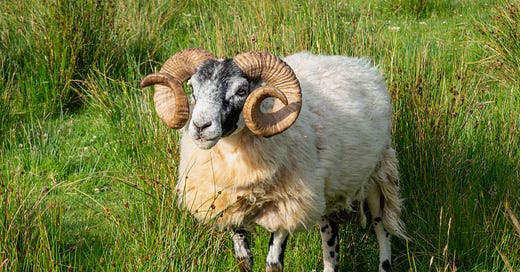



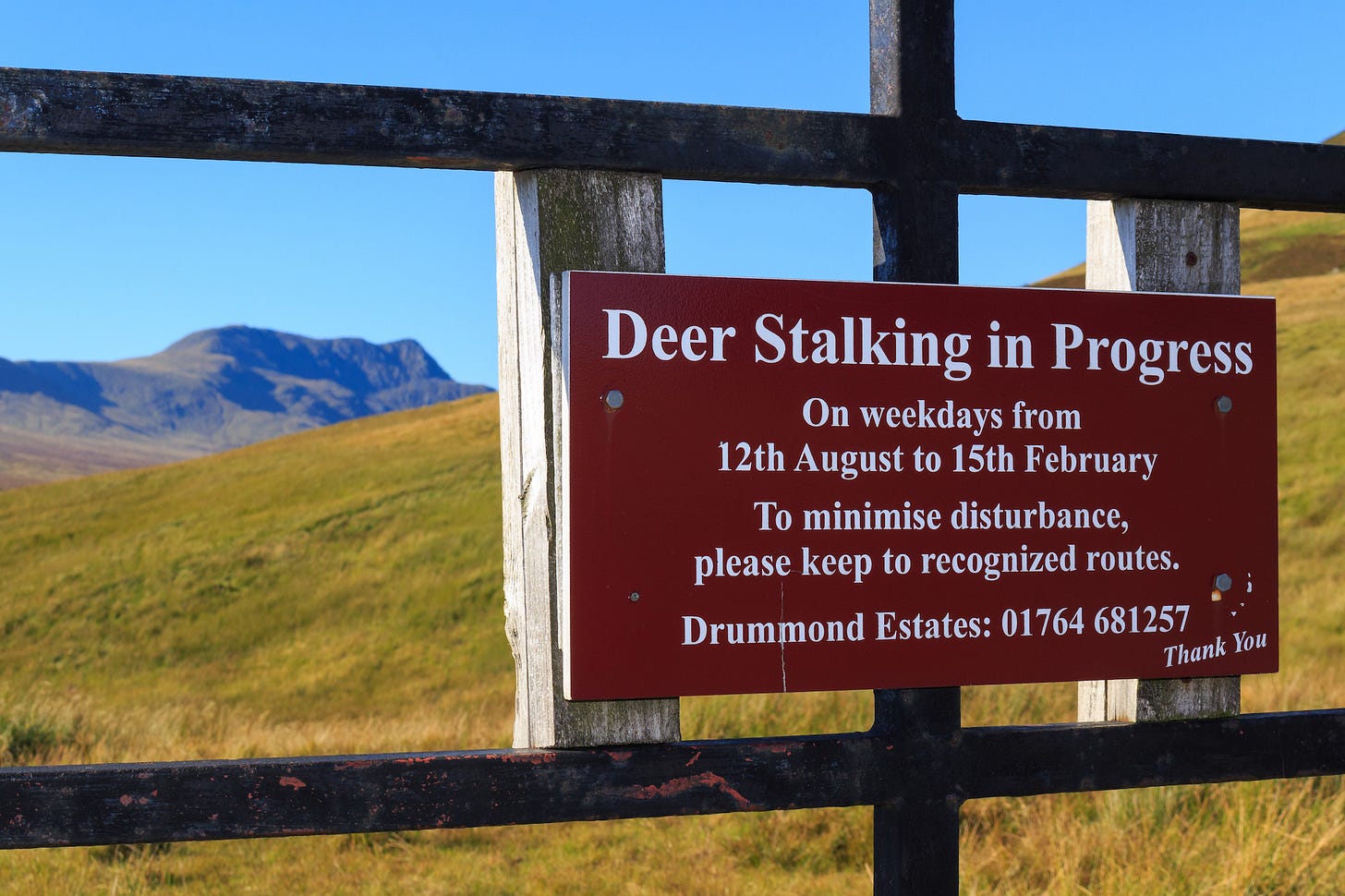
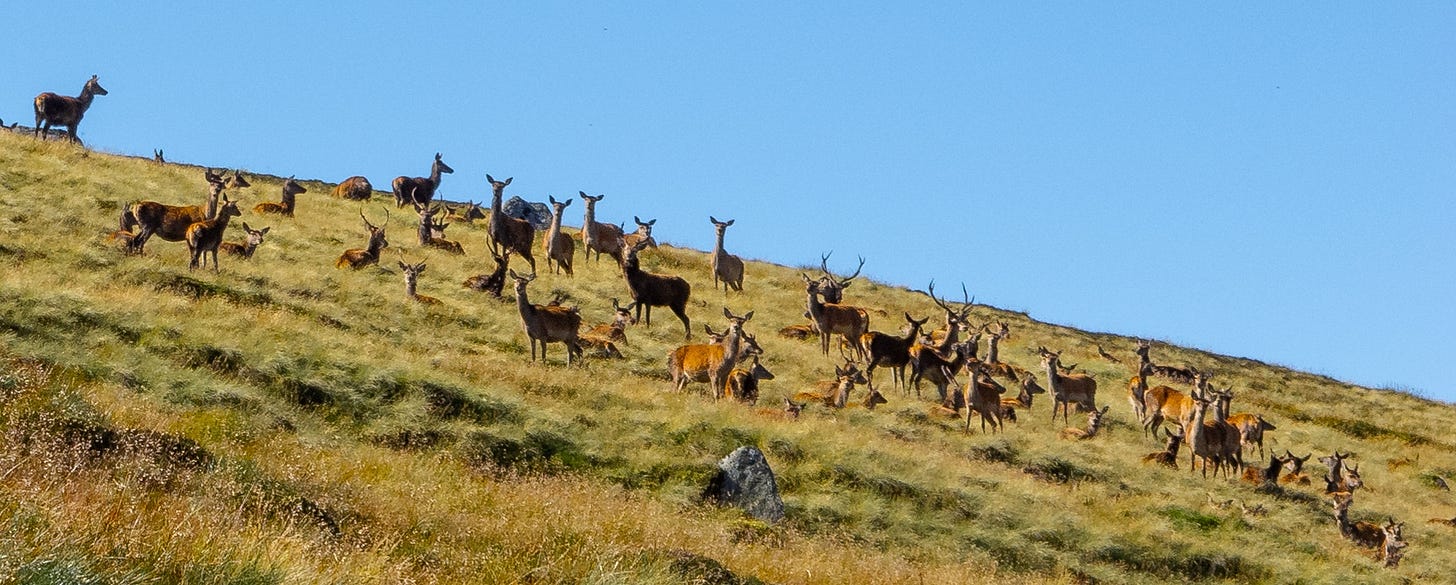
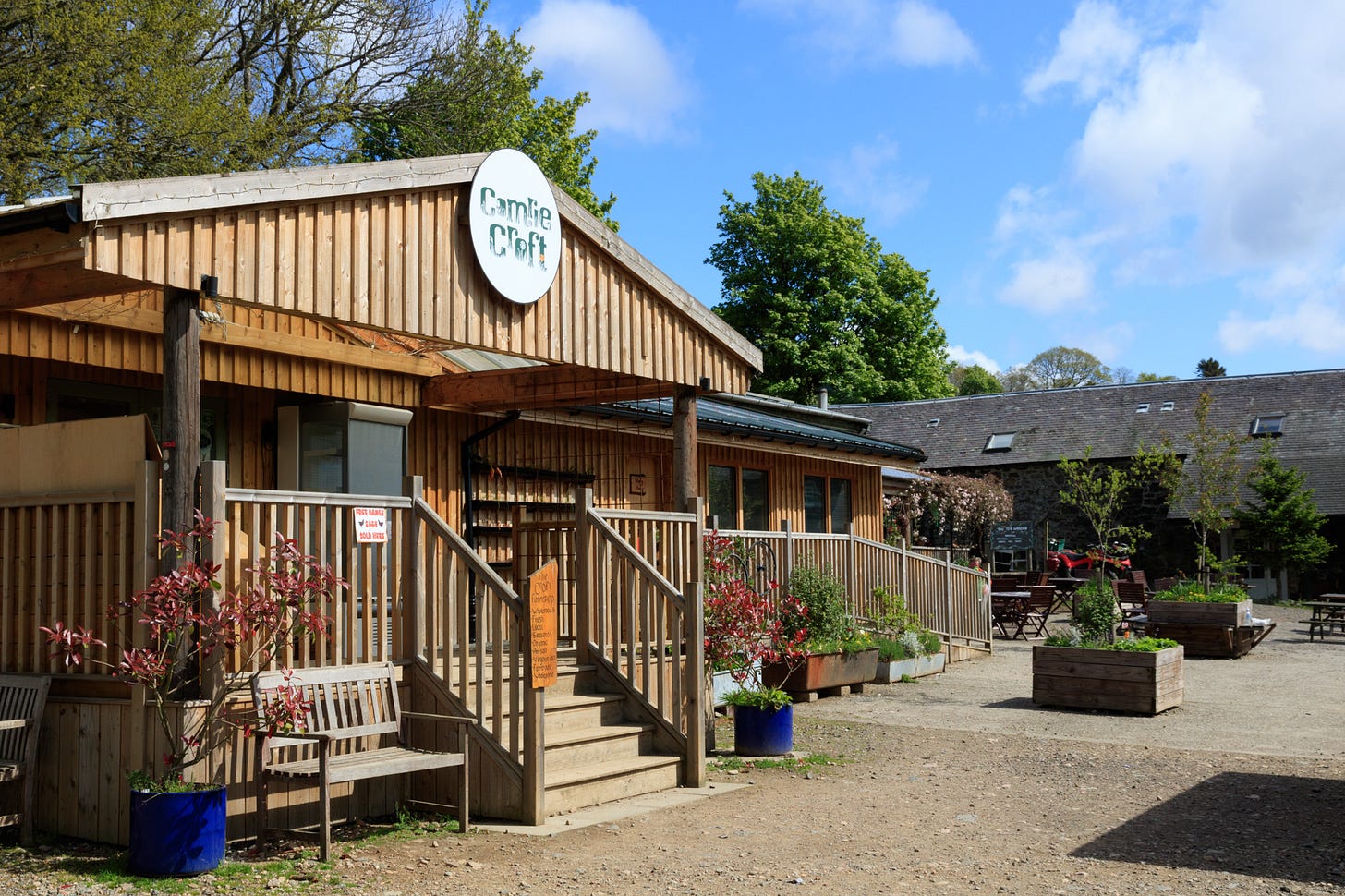
This is all so true, Felicity, and as you say most people have no idea, and think it doesn't affect them.
Well done for writing such an informative post - I just hope lots of people will read it!
So thought provoking.